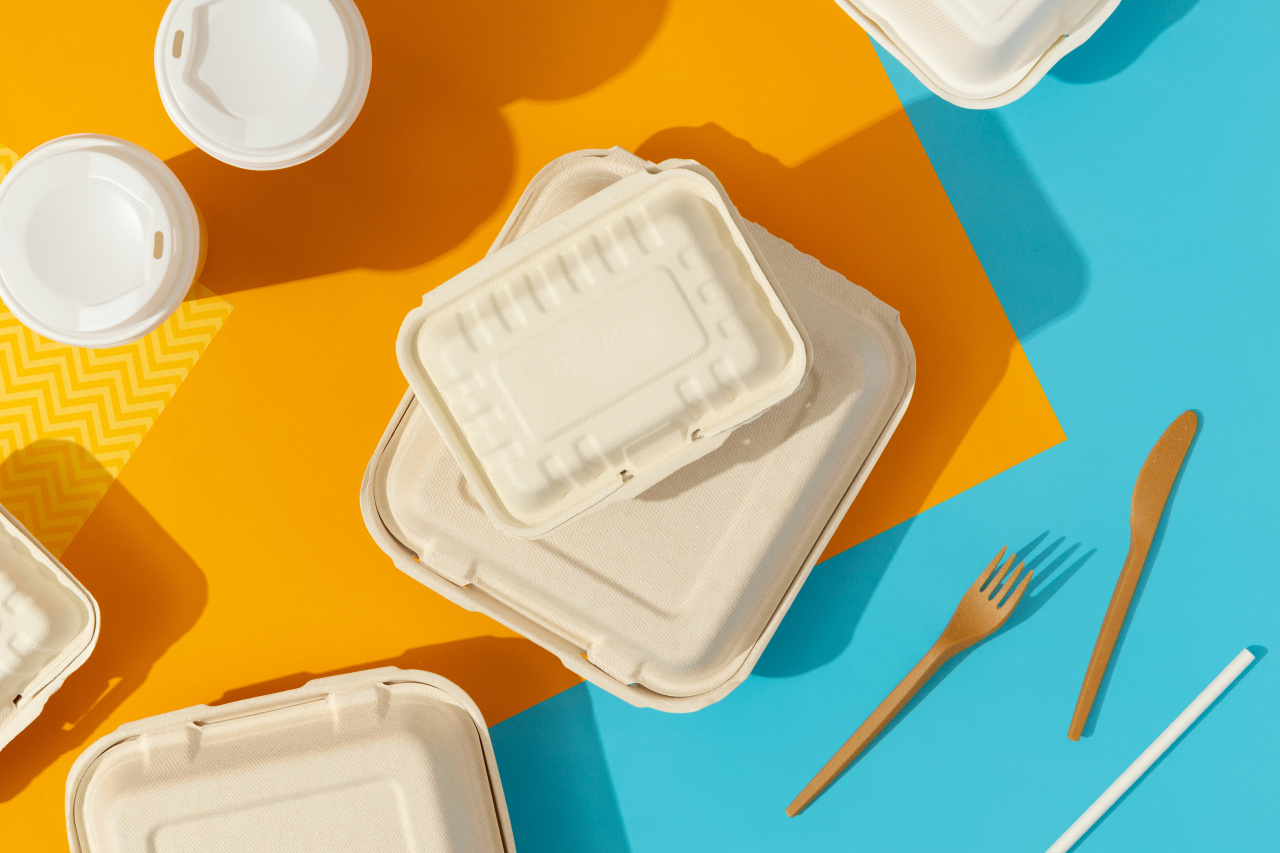 |
(123rf) |
Koreans love their coffee. Getting a cup of joe is a part of the morning ritual for many, to shake off sleepiness and boost energy ahead of the day’s start. The average Korean adult has 353 cups of coffee a year, which is about three times the global consumption rate, according to the Korea Food Forum.
Seoul especially brims with cafes. The cafe count in the city has been growing each year since 2002, reaching 18,535 as of last June.
And yet only about a dozen of them are “zero-waste.”
With the COVID-19 curfew and indoor dining restricted, to-go orders and delivery services have soared at food outlets including cafes. Naturally, there’s all the more extra waste being created by packaging food and drink items.
“I started taking orders online for home delivery starting last year,” said a 30-something owner of a cafe located just outside the capital’s southern border. She said her business had “practically survived on online deliveries in the past year,” while admitting it was adding up to more plastic use.
COVID-19 is already making Koreans use more single-use materials, warn environmental authorities, with plastic usage having increased by more than 15 percent in the first year of the pandemic compared to the year before. And our pandemic ways of having coffee are likely a big contributor.
“I feel like social distancing has somehow led to a more wasteful lifestyle. I didn’t think of having coffee delivered to my doorstep before COVID-19, but it’s sort of become a norm now,” said Park Sang-min, 29, who works from home.
It turns out, enjoying coffee completely sans waste is almost impossible, at least in Seoul. Dining in is not advisable from a social distancing perspective, and takeaway coffee cups are a plastic catastrophe. You can’t go on a hunt for a handful of zero-waste cafes in the city every time you want coffee. The gas your ride is emitting on the way back and forth probably cancels out all the benefits anyway.
Some have turned to making coffee at home, although barista machines are costly and coffee pods aren’t exactly environmentally friendly, either. You could always get a grinder and brew maker, but let’s be honest, no one has time for that.
Still, there are some eco-conscious choices that can be made.
Cafes rarely say no to filling the beverage in a customer’s personal mug or tumbler. In fact, some, including large coffee chains like Starbucks, even offer discounts to encourage this behavior.
If you are opting for a do-it-yourself coffee at home, don’t go for instant coffee packets. You can easily find ground coffee in jars or other repurposed containers at grocery stores that take just a bit more work to prepare, but are way more green. Milk cartons are recyclable, so go ahead and turn it into a latte.
By Kim Arin (
arin@heraldcorp.com)








![[Today’s K-pop] Blackpink’s Jennie, Lisa invited to Coachella as solo acts](http://res.heraldm.com/phpwas/restmb_idxmake.php?idx=644&simg=/content/image/2024/11/21/20241121050099_0.jpg)